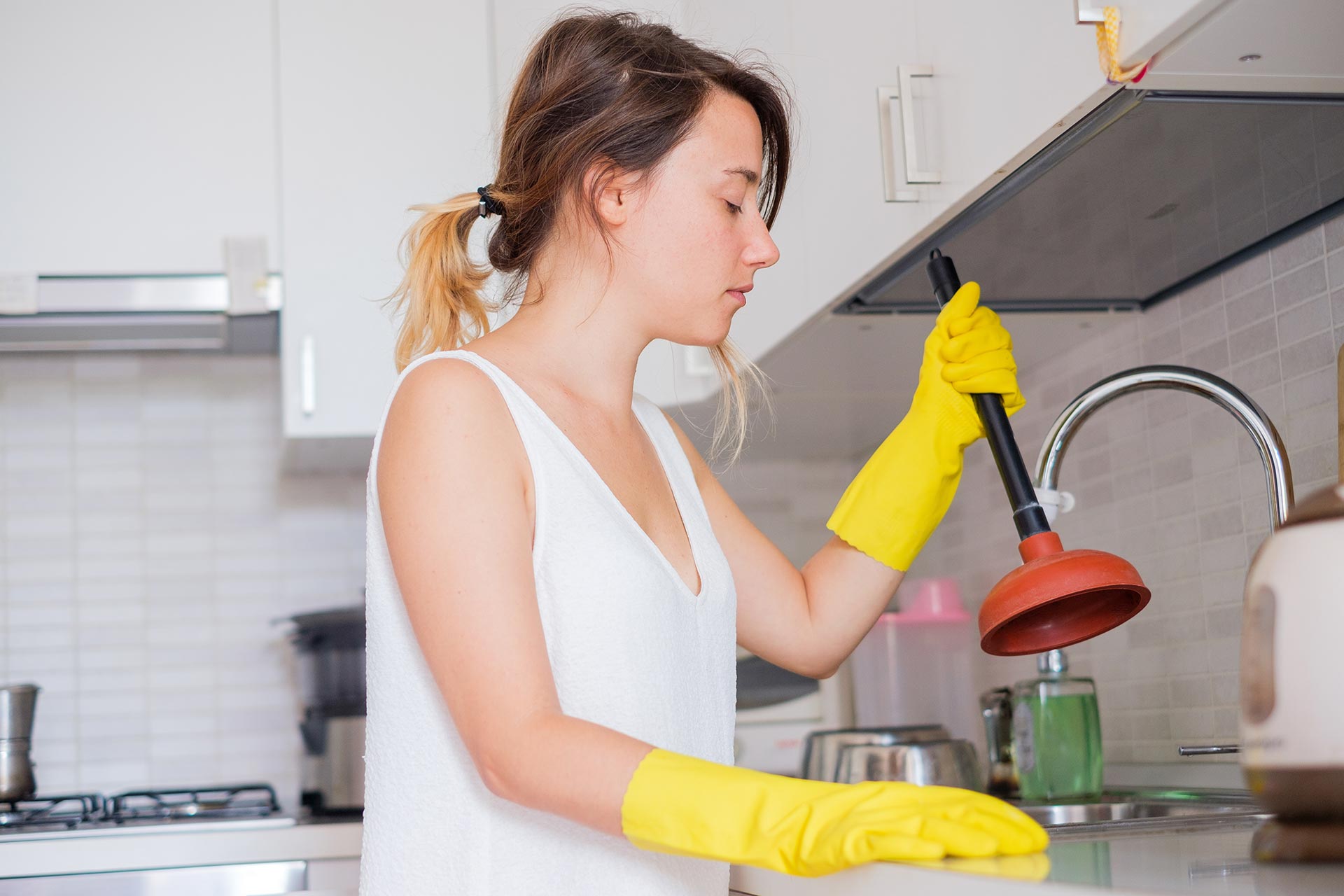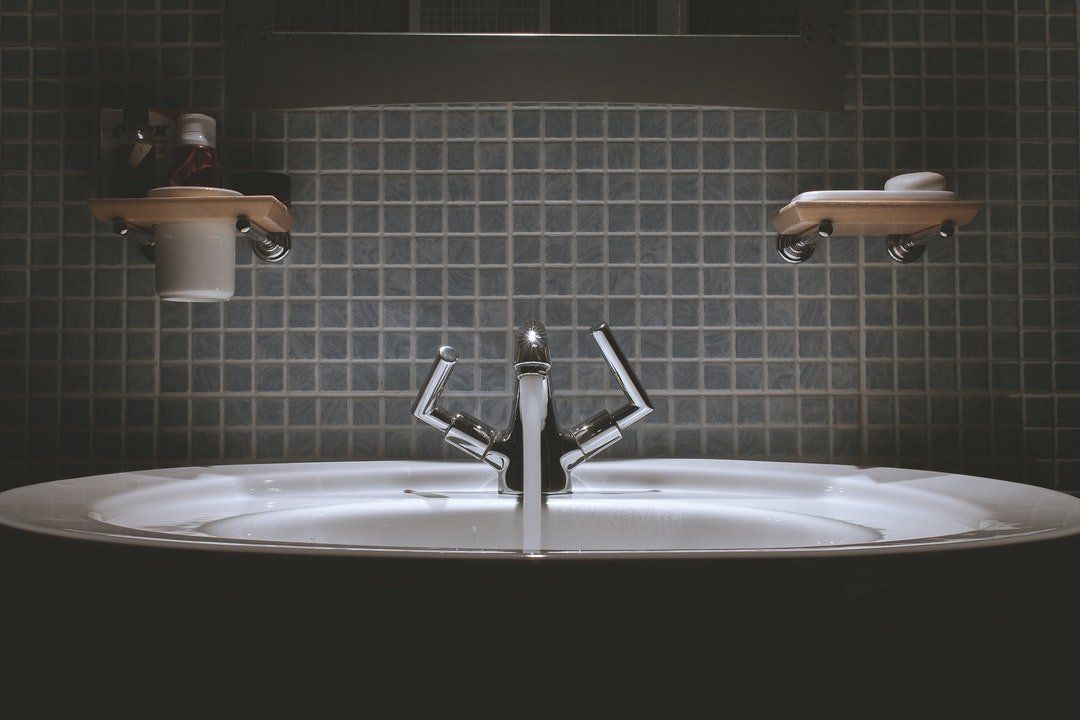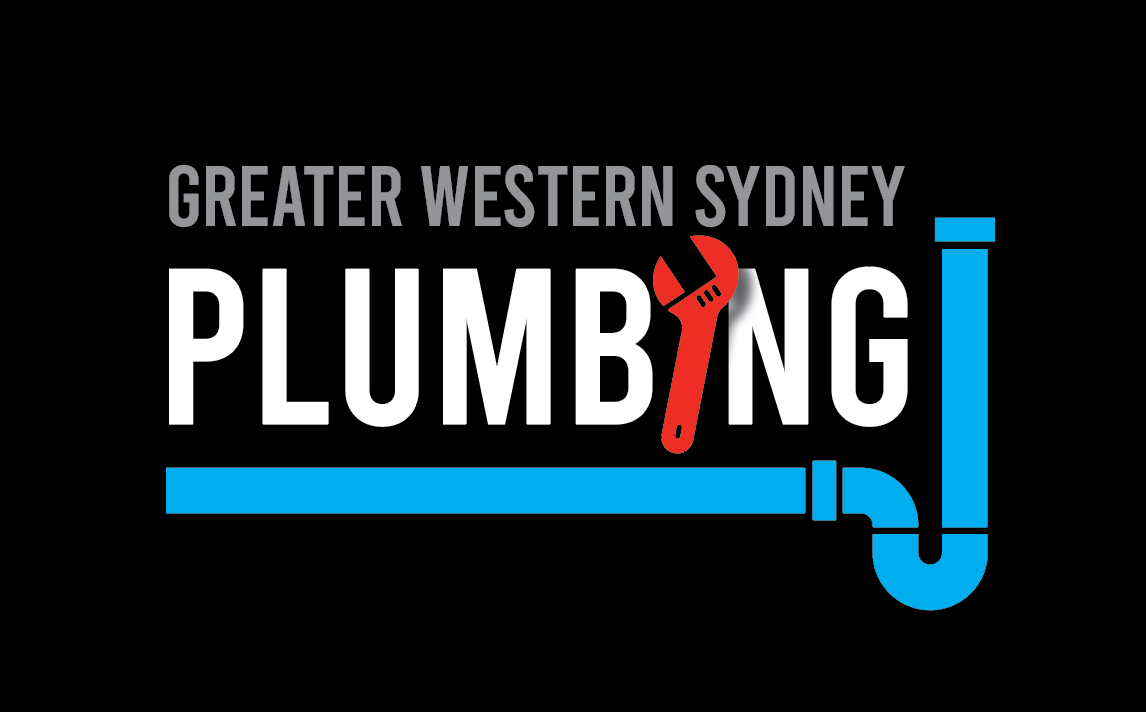Why Is My Sink Leaking? Common Causes and How to Fix Them
Why Is My Sink Leaking? Common Causes and How to Fix Them

A leaky sink can be more than just an annoyance—it can lead to higher water bills, water damage, and even more serious plumbing problems if left untreated. In this post, we’ll explore the most common causes of sink leaks, how to fix them, and when it’s time to call a professional plumber.
Common Causes of Sink Leaks
- Loose or Worn-Out Faucet Components
One of the most common causes of a leaky sink is loose or worn-out faucet components. Over time, washers, O-rings, and other small parts inside your faucet can wear down, leading to dripping or leaks. These leaks typically occur right from the faucet itself and can waste a significant amount of water if left unaddressed. - Leaky Sink Drain
If you notice water leaking from under your sink, the issue may be with the sink drain. The seal around the drain can deteriorate over time, leading to leaks. This type of leak usually shows up as water pooling beneath the sink or around the base of the drain. - Damaged or Corroded Pipes
Pipes under your sink can become corroded, cracked, or loose over time, which can lead to leaks. If you see water leaking from the pipes under the sink, there may be a connection issue or a need to replace damaged sections. - Clogged P-Trap
The P-trap is the curved section of pipe under your sink designed to prevent sewer gases from entering your home. If the P-trap becomes clogged, it can cause pressure to build up, leading to leaks or water backup.
How to Fix a Leaky Sink: DIY Tips
- Fixing a Leaky Faucet
If the problem is a leaky faucet, you can often fix it by replacing the worn-out washers or O-rings inside the faucet. Start by turning off the water supply to the sink, disassembling the faucet, and replacing the faulty parts. - Resealing a Leaky Drain
To fix a leaky drain, remove the sink drain, clean away any old sealant, and reseal it using plumber’s putty or silicone sealant. Tighten the drain back into place and test for leaks. - Tightening Pipe Connections
Leaks under the sink are often due to loose pipe connections. Use a wrench to check and tighten all connections under the sink to ensure they are secure. - Cleaning the P-Trap
If the P-trap is clogged, you can remove it and clean out any blockages. Make sure to place a bucket under the trap before removing it to catch any water or debris.
When to Call a Professional Plumber
While some sink leaks can be fixed with a little DIY effort, other issues may require professional help. If you’re dealing with severe corrosion, hidden pipe damage, or leaks that you can’t easily access, it’s time to call a licensed plumber. A professional will have the tools and experience needed to identify the root cause of the leak and provide a lasting solution.
Preventing Future Sink Leaks
Preventing sink leaks starts with regular maintenance:
- Inspect your faucet regularly for any signs of wear and tear.
- Keep your drains clear of debris to avoid clogs.
- Check pipe connections periodically to ensure they remain tight.
Conclusion: Don’t Let a Small Leak Turn Into a Big Problem
A small sink leak might not seem like a big deal, but it can quickly escalate into a more serious issue if not addressed. If you’re unable to fix the leak yourself, don’t hesitate to call Greater Western Sydney Plumbing for fast, reliable service. Our licensed plumbers are available 24/7 to handle any plumbing emergencies.
Call us now at 0432 001 070 for immediate assistance.
You might also like
Book a Service Today
We will get back to you as soon as possible
Please try again later
Quick & Reliable Service – 24/7 Availability
NNo matter where you are in Sydney—west, east, north, or south—our team is available 24/7 to assist with your plumbing emergencies.
Location Servicing
We proudly service all areas of Sydney, not just the west!
Call
Greater Western Sydney Plumbing
Design by Shoot Edit Design.com



